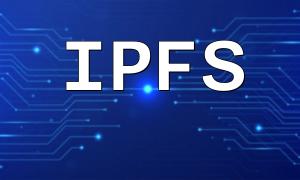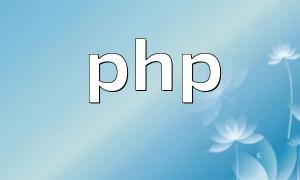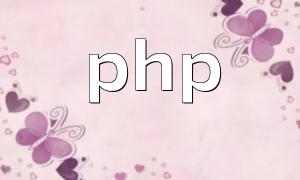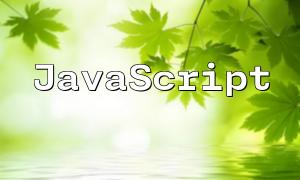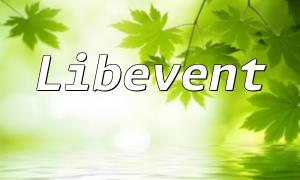In today's digital age, blogging has become an essential tool for sharing knowledge and ideas. Ghost is a modern blogging platform known for its clean interface and excellent writing experience. While Ghost is built on Node.js, many developers prefer using PHP. This article explains how to create a Ghost-style blog using PHP.
Before starting, make sure your server meets the following requirements:
If you're using Ubuntu, run the following commands to install PHP and Apache:
sudo apt update
sudo apt install php libapache2-mod-php php-mysqlThe database stores your blog content, user information, and other data. Follow these steps to create the database and a user:
sudo mysql -u root -p
CREATE DATABASE ghost_db;
CREATE USER 'ghost_user'@'localhost' IDENTIFIED BY 'your_password';
GRANT ALL PRIVILEGES ON ghost_db.* TO 'ghost_user'@'localhost';
FLUSH PRIVILEGES;
EXIT;You can use an open-source PHP blogging framework or a custom front-end template inspired by Ghost. Here’s how to get started:
wget https://ghost.org/static/ghost-latest.zip
unzip ghost-latest.zip
cd ghostThen copy the sample config file and edit it to match your database setup:
cp config.example.json config.json
nano config.jsonUpdate the database credentials accordingly so your blog system can connect properly.
Even though this is a PHP-based setup, if you plan to integrate it with Ghost itself, make sure Node.js and npm are installed, then run:
npm install
npm startOnce the service is running, you can access the blog dashboard from your browser to manage posts and themes.
With this guide, you've learned how to set up a Ghost-style blog platform using PHP. While Ghost relies on Node.js, a similar experience can be achieved in PHP with the right configuration. We hope this tutorial helps you successfully build your personal blog and share your ideas with the world.
